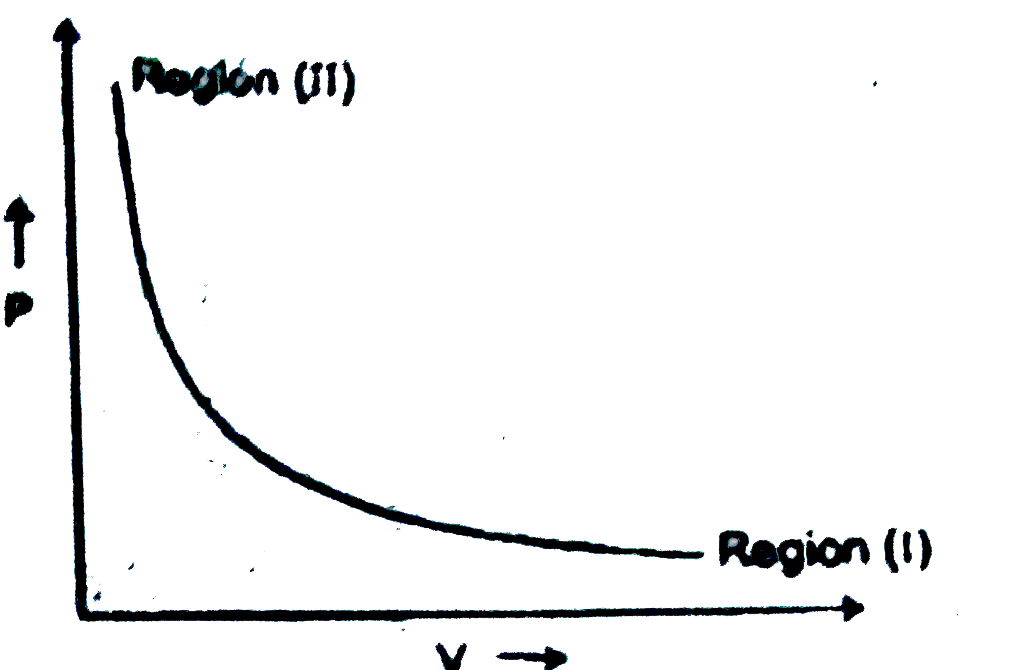Digital signals (i) do not provide a continuous set of values, (ii) represent value as discrete steps, (iii) can utilize decimal as well as binary system. Which of the following options is True :
1 and 2 only
2 and 3 only
1,2,3 but not 4
all 1,2,3, and 4
The correct Answer is:C
Step by step video & image solution for Digital signals (i) do not provide a continuous set of values, (ii) represent value as discrete steps, (iii) can utilize decimal as well as binary system. Which of the following options is True : by Physics experts to help you in doubts & scoring excellent marks in Class 12 exams.
Updated on:21/07/2023Topper's Solved these Questions
- COMMUNICATION SYSTEMS BOOK - AAKASH SERIESCHAPTER - COMMUNICATION SYSTEMS EXERCISE - Exercise - IA (Sky Wave propagation)
20 Videos
- COMMUNICATION SYSTEMS BOOK - AAKASH SERIESCHAPTER - COMMUNICATION SYSTEMS EXERCISE - Exercise - IA (Space Communication)
35 Videos
- COMMUNICATION SYSTEMS BOOK - AAKASH SERIESCHAPTER - COMMUNICATION SYSTEMS EXERCISE - Exercise - IA (Antenna)
7 Videos
- COMMUNICATION SYSTEM BOOK - AAKASH SERIESCHAPTER - COMMUNICATION SYSTEM EXERCISE - LECTURE SHEET (LEVEL - I) (MAIN) (EXERCISE - IV) (Straight Objective & More than one Correct Answer Type Questions)
20 Videos
- CURRENT ELECTRICITYBOOK - AAKASH SERIESCHAPTER - CURRENT ELECTRICITYEXERCISE - PROBLEMS (LEVEL-II)
27 Videos
Similar Questions
Digital signals
(i) do not provide a continuous set of values.
(ii) represents values as descrete steps.
(iii) can utillize binary system
(iv) can utillize decimal as well as binary system.
The true option is.
View SolutionDigital signals
(i) do not provide a continuous set of values.
(ii) represents values as descrete steps.
(iii) can utillize binary system
(iv) can utillize decimal as well as binary system.
The true option is.
View Solution
Knowledge Check
The mean of a finite set S of numbers is 14, the median of this set of numbers is 12, and the standard deviation is 1.8. A new set T is formed by multiplying each member of the set S by 3. Which of the following statements must be true of the set T ?
I. The mean of the numbers in set T is 42.
II. The median of the numbers in set T is 36.
III. The standard deviation of the numbers in set T is 5.4.AI onlyBII onlyCI and II onlyDI, II, and IIIThe breakdown of a sample of a chemical compounds is represented by the function p(n)=300(0.5)n, where p(n) represents the number of millligrams of the substance that remains at the end of n years. Which of the following is true?
I. 300 represents the number of milligrams of the substance that remains after the first year.
II. 0.5 represents the fraction of the starting amount by which the substance gets reduced by the end of each year.
III. Each year the substance gets reduced by one-half of 300.AI onlyBII onlyCI and III onlyDII and III onlyThe lowest value in a set of ordered scores is x and the highest value is y. If each score is increased by k, then which of the following must be true of the revised set of scores?
I. The mean is increased by k.
II. The range is k.
III.The median remains unchanged.AI onlyBII onlyCI and III onlyDII and III only
Digital signals
(i) do not provide a continuous set of values.
(ii) represents values as descrete steps.
(iii) can utillize binary system
(iv) can utillize decimal as well as binary system.
The true option is.
View SolutionFollowing graph represents a pressure (P) volume (V) relationship at a fixed temperature (T) for n moles of a real gas. The graph has two regions marked (I) and (II). Which of the following options is true.
View SolutionFollowing graph represents a pressure (P) volume (V) relationship at a fixed temperature (T) for n moles of a real gas. The graph has two regions marked (I) and (II). Which of the following options is true.

View SolutionWhich of the following is NOT the property of equipotential surface? (i) They do not cross each other. (ii) The rate of change of potential with distance on them is zero. (iii) For a uniform electric field they are concentric spheres. (iv) They can be imaginary spheres.
View SolutionWhich of the following is NOT the property of equipotential surface? (i) They do not cross each other. (ii) The rate of change of potential with distance on them is zero. (iii) For a uniform electric field they are concentric spheres. (iv) They can be imaginary spheres.
View Solution
